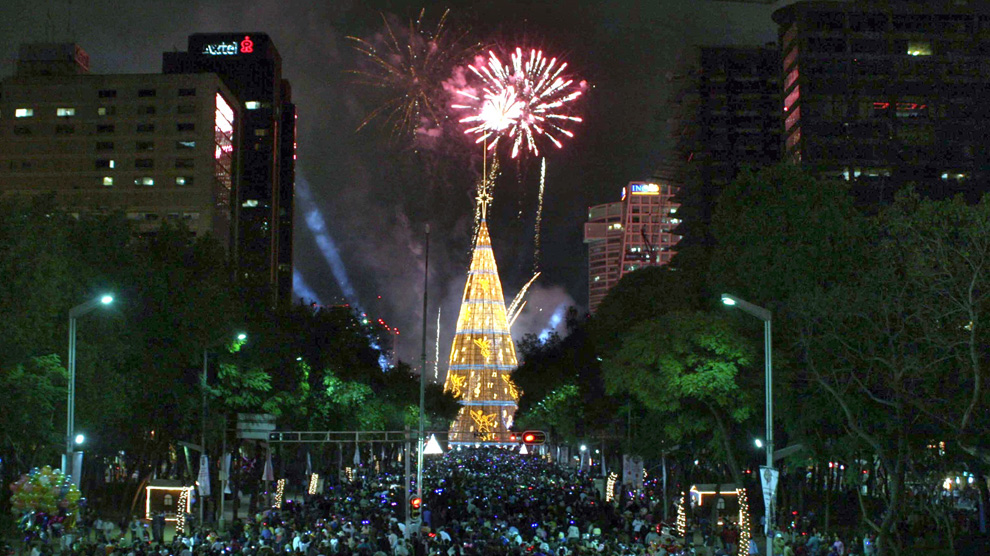It can be hard sometimes to stay present in our daily lives. Have you
ever asked yourself how you can cultivate a feeling of happiness in your daily
life? This is how one aspect of my life, teaching English as a second
language, taught me the important lesson of how to stay present.
I began
teaching ESL online about a year ago. I had what many working, breast feeding
mothers would give their electric pumps for: a well-paid, stay at home job
where I earned enough to afford a nanny. But teaching online was new
for me and I missed in person contact with colleagues and students. Sleep
deprived, easily distracted, I was tuning out my student’s answers. I began to
wonder if I had made the right decision.
A year
prior, I attended a retreat with a Buddhist monk. An Australian with an
acerbic sense of humor, he told us that mindfulness could help us cultivate
healthy emotions and a balanced life. Unfortunately for me, I had an allergic
reaction to the monk’s sarcasm. His jokes weren’t softened for me by the
interpreter. It wasn’t until a year later as I sat in
front a computer screen, did I remember monk’s teachings. I realized that mindfulness could
help me that very moment.
When we are mindful, we show up for
our lives; we don't miss them in being distracted or in wishing for things to
be different. Instead, if something needs to be changed we are present enough
to understand what needs to be done. Being mindful is not a substitute for actually
participating in our lives and taking care of our own and others' needs. In
fact, the more mindful we are, the more skillful we can be in compassionate
action. http://www.psychologytoday.com/blog/the-courage-be-present/201001/how-practice-mindfulness-meditation
It was
the subjunctive that triggered my memory of the monk’s teachings. Talking about
imaginary or unreal situations, I helped students formulate the questions and I
had to reflect upon my own answers. “What do you wish you had?” “Where do you
wish you could go?” What do you wish you were doing right now?” The monk
had told us that it was possible for us to find joy in daily chores through
paying attention to what we do and say, keeping our minds in the present tense. In other words, I could be present
and happy right now.
Practicing
mindfulness as I teach online is how I now get the most out of my chosen
profession instead of focusing on the “what ifs” and the “if I had onlys”. When
I am in my virtual classroom with a live connection to my students, there is
nothing else I would rather do at that moment. I am helping another human
being pursue their own worthy ideals. My students, for the most part, live in
Spain and have set their goals to improve English in order to have better
opportunities. Many of my students have been or are unemployed, and working
with the unemployed is a lesson in gratitude. Earl Nightingale said “success is
the progressive realization of a worthy goal or ideal”. Practicing mindfulness
when I teach is how I actively turn my wish for a better life into a reality in
my own present moment. Staying present also called my attention to my need for
in-person contact. By teaching at a local university three days a week, I have created balance for myself.
Trying to understand mindfulness by
its definition is like trying to understand what it is like to fall in love by
reading a textbook. You might get a general idea, but you’d be missing out on
the best part: what it actually feels like. Mindfulness is all about
experience, about the actual aliveness, of each moment. You learn to pay
attention on purpose, in the present moment, not because someone said that it
would be a good thing to do, but because that is where you find your life.http://www.pbs.org/thisemotionallife/blogs/practicing-mindfulness
Mindfulness
has also helped me navigate when things don’t go according to plan. Life is
full of surprises and that applies to online teaching as well. For example, the
internet can and will cut out. During the rainy season, a storm will render it
impossible to hear students. And then there was the time the school had to cut
back my hours because of a drop in enrollment.
Months
prior to teaching online, I was worried that, since I was about to have a baby,
I won’t be able to find a decent job. Also, I felt anxious over the prospect of
having a newborn in daycare. I had closed my eco-friendly business that I ran
for three years. I was uncertain about my future and my income capabilities.
Today, my past insecurities about teaching online provide me with important
lessons. There are still distractions, but I am better equipped to handle them.
Every time I come to the subjunctive exercise, I answer the question “what do
you wish you were doing right now?” with “I wish I were doing exactly what I am
doing now.”
To
learn more about how to incorporate mindfulness in your life, I suggest the
following websites:
























